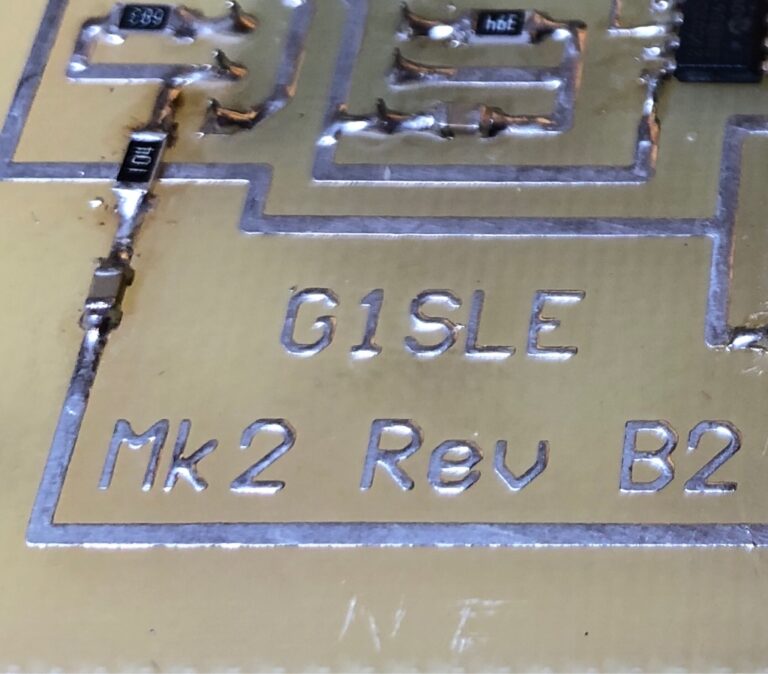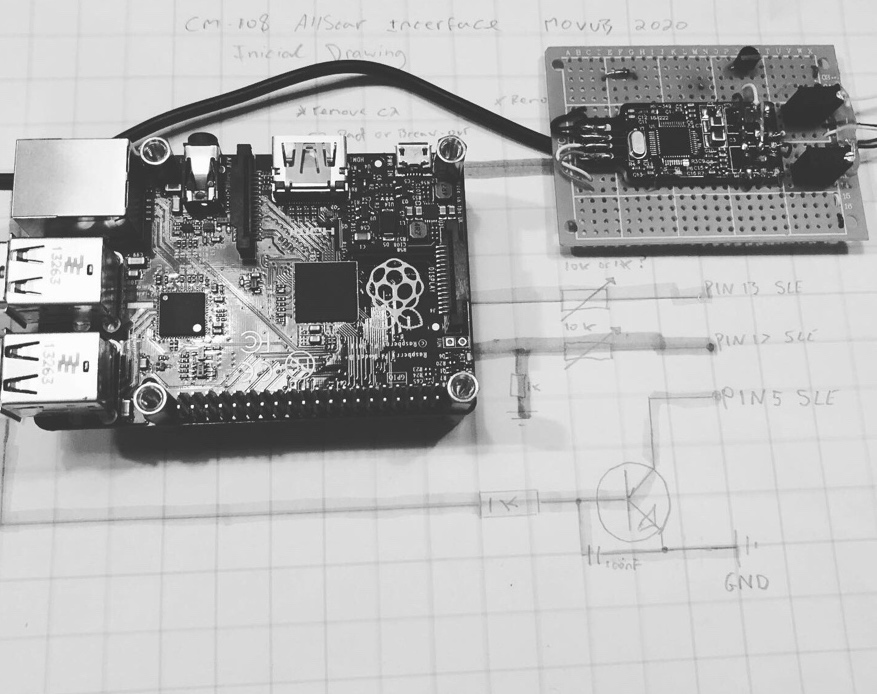Accessing GB3NF
To access the repeater you will need an FM transceiver capable of VHF
Output frequency : 145.625Mhz
Input frequency: 145.025Mhz
CTCSS: 77Hz
Tone burst enabled: 1750Hz
Deviation: Narrow
Status: On-Air!
Site engineer: M0VUB
Please note: In order to operate the repeater correctly you must have a -0.6Mhz offset programmed to automatically shift your radio over to the repeaters input frequency while transmitting. PLEASE USE NARROW DEVIATION 2.5Khz (12.5Khz Bandwidth).
NOKIA BSR-150LN
G1SLE MKII LOGIC (AllStar Enabled)

Time-out
The logic is fitted with a reasonable timeout which will switch off the transmitter if a signal is received continuously for an unreasonably long time. This timeout should never operate in normal use. If on the rare occasion the repeater does time out you will indeed know about it!
CTCSS & 1750hz Tone
Access to the repeater via RF requires at least one of two access features. CTCSS 77Hz sub audible tone or 1750Hz tone burst. CTCSS is the primary way of accessing the repeater via RF which helps reduce any opening of repeaters on adjacent frequencies or geological locations within the RF “over-lap”. It is a requirement by the NoV to have CTCSS as primary access to open the repeater. 1750hz tone burst is slightly different. Simple but effective at opening the repeater with 1750hz tone burst. This method is only required to initially open the repeater. The repeater can then be held open by carrier only. CTCSS 77Hz is also sent by the repeater transmitter when a signal is being received on the input, between overs the repeater stops sending CTCSS. This means that if you run your radio with CTCSS muting (tone squelch) you will only hear speech, never any confidence pips or Morse beacons. If you do want to hear the pips etc. switch off your CTCSS tone squelch decoder on your radio.

Access (RF)
The G1SLE MK2 Logic provides all logical control of repeat operation & functionality of the repeater. Developed by Richard Drabble G1SLE it is considered one of the best repeater controllers ever built with a very distinct sounding Morse & excellent through audio quality. Paired with the Nokia BSR 150LN rack mounted TX/RX unit it provide’s a basic talk-through repeater system with access by either 77Hz CTCSS or 1750Hz tone burst. When accessing the repeater from cold you should press the PTT and announce your callsign. This will give time for the repeater to activate and prepare a signal report in Morse. Once accessed you may use the repeater to make a QSO leaving suitable gaps between overs. The repeater will announce it’s ident every 15 minutes while in QSO at a reduced volume along with a signal report in Morse after each over. When you have finished using the repeater, the signal report, followed by 6 ‘pips’ will announce and the repeater will shutdown.
“keying/kerchunking up” the repeater to ‘see if you are in’ without identifying yourself is considered inconsiderate and technically illegal.

Signal Report
When listening with your CTCSS decoder off you may notice that as a user stops transmitting the repeater sends a Morse S (di-di-dit) I (di-dit) or W (di-dah-dah). This is in fact a signal report – Strong, Intermediate or Weak. If you are consistently getting an S you may consider reducing transmit power, if you are hearing a W consider getting a better aerial!
Internet Gateway (AllStar)
The core network service is provided by AllStar Link.
In addition to standard repeater operation GB3NF also provides an internet gateway using the AllStar system which has been added to the G1SLE Logic. See Services for details of this service. Traffic coming from the Allstar network will send in Morse N (Dah-dit) confirming this is internet gateway traffic. You may use the repeater as you normally would but be mindful to leave at least 4 pips between overs to allow for latency. Not leaving gaps between overs can cause time-outs and lock-ups not only on the repeater but by other services connected at the gateway. Remember activating the time-out timer is NOT normal operation of this repeater. Not every repeater has the same time out timer. It is good practise to listen to the repeater before you transmit to see if it is connected to a node or hub via the gateway. We have provided a dashboard to dismiss any confusion to when the repeater may be linked to a busy or worldwide system.
“Enjoy, use, but don’t abuse. Re-established at the height of the Pandemic 2020”

-M0VUB, Shane”
